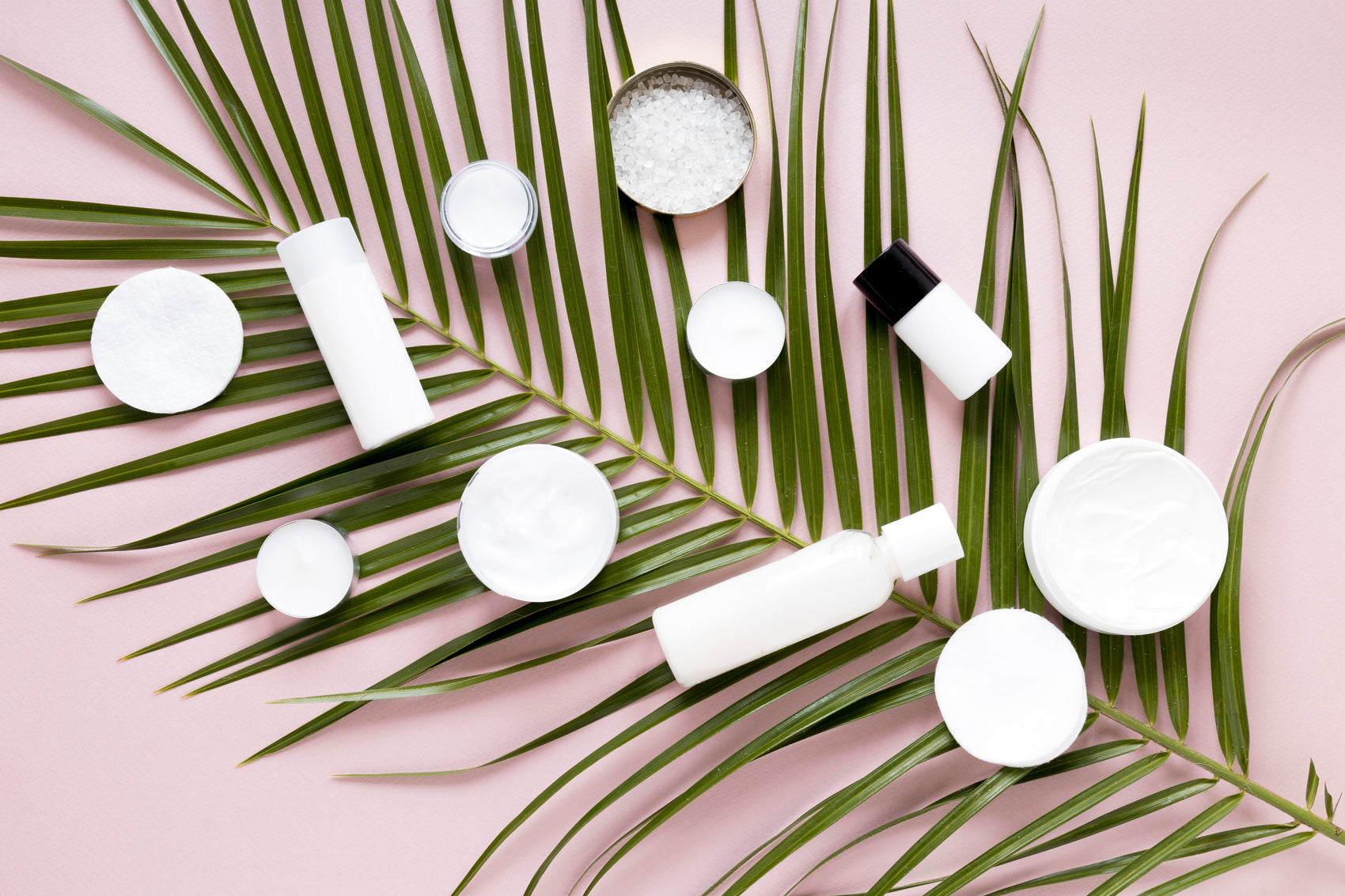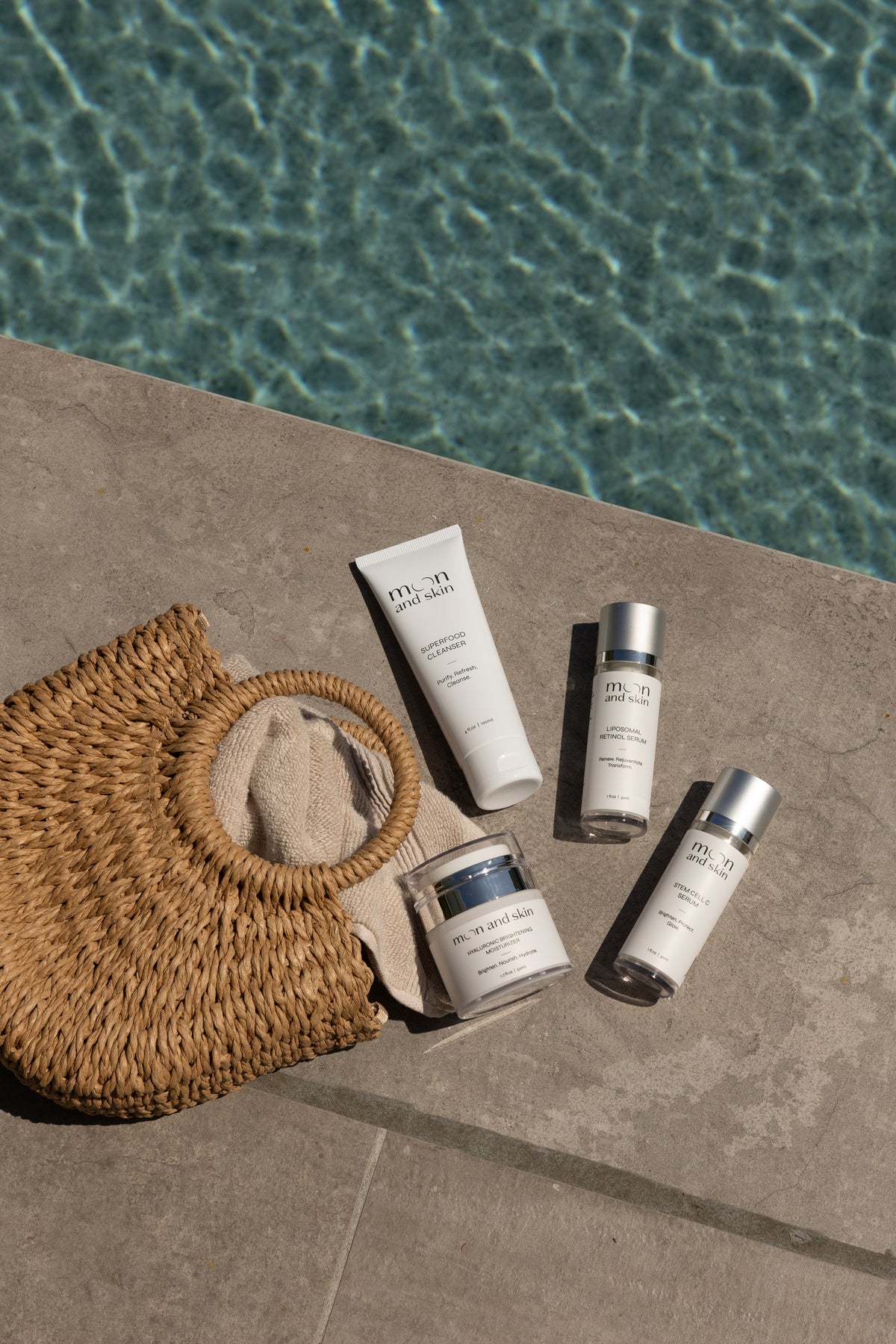Table of Contents
Introduction
Have you ever looked in the mirror and noticed patches on your skin that seem to be a few shades darker than the rest? If so, you’re not alone. Dark spots, or hyperpigmentation, affect many individuals, regardless of age, gender, or skin type. This common skin concern can be frustrating, especially when it seems to appear out of nowhere, leaving many wondering how to effectively lighten them.
Interestingly, the key to addressing these dark spots may lie in a natural remedy that many of us have right in our homes: aloe vera. Known for its soothing and healing properties, aloe vera has been celebrated for centuries as a versatile skincare ingredient. But does it really help in removing dark spots? The answer is yes, and in this article, we will explore how to harness the power of aloe vera to brighten your complexion and reduce the appearance of dark spots.
Together, we’ll discuss the science behind aloe vera’s effectiveness, how to incorporate it into your skincare routine, and other complementary approaches to enhance your results. By the end of this post, we hope you’ll feel empowered with the knowledge you need to tackle your dark spots confidently.
Understanding Dark Spots: Causes and Types
What Are Dark Spots?
Dark spots, also known as hyperpigmentation, occur when certain areas of the skin produce excess melanin, resulting in patches that are darker than the surrounding skin. This condition is typically harmless but can be a source of self-consciousness for many. The causes of dark spots vary widely, including:
- Sun Exposure: Ultraviolet (UV) rays from the sun trigger increased melanin production as a protective response, leading to sunspots or solar lentigines.
- Hormonal Changes: Conditions such as pregnancy or hormonal therapies can lead to melasma, characterized by larger patches of darkened skin, often on the face.
- Skin Inflammation: Post-inflammatory hyperpigmentation (PIH) occurs after trauma to the skin, such as acne or injuries, causing the affected area to darken as it heals.
- Aging: As we age, our skin tends to develop age spots due to cumulative sun exposure and changes in skin cell turnover.
Types of Hyperpigmentation
- Sunspots: Small, flat spots that develop on sun-exposed areas of the skin, particularly the face, hands, and shoulders.
- Freckles: Small, light brown spots caused by genetics and sun exposure.
- Melasma: Larger patches of darkened skin typically found on the face, often related to hormonal changes.
- Post-Inflammatory Hyperpigmentation: Dark marks left after a skin injury or inflammation, such as acne scars.
Understanding the cause of your dark spots is essential for determining the best treatment approach.
The Science Behind Aloe Vera
Aloe vera is more than just a soothing gel for sunburn. Its active compounds, particularly aloin and aloesin, have shown promise in reducing hyperpigmentation. Studies suggest that these compounds can inhibit the production of melanin in the skin, potentially leading to a more even complexion.
How Aloe Vera Works on Dark Spots
- Melanin Inhibition: Aloin and aloesin can help prevent the formation of new melanin, the pigment responsible for skin color. By inhibiting tyrosinase, an enzyme involved in melanin production, these compounds may lighten existing dark spots.
- Skin Healing Properties: Aloe vera promotes skin healing and regeneration. This can be particularly beneficial for post-inflammatory hyperpigmentation, as it helps the skin recover from injuries and reduces the likelihood of lasting discoloration.
- Antioxidant Effects: Aloe vera is rich in antioxidants, which help combat oxidative stress and support overall skin health. By reducing inflammation and promoting cellular repair, aloe vera can contribute to a clearer and more radiant complexion.
Benefits of Aloe Vera in Skincare
- Hydration: Aloe vera is an excellent moisturizer, helping to keep the skin hydrated without clogging pores.
- Soothing Properties: It calms irritated skin, making it suitable for sensitive or inflamed areas.
- Nutrient-Rich: Aloe vera contains vitamins A, C, and E, all known for their skin-rejuvenating properties.
Using Aloe Vera for Dark Spots
How to Apply Aloe Vera
Using aloe vera to target dark spots is simple and can be done in various ways. Here are a few methods to incorporate aloe vera into your skincare routine:
-
Direct Application:
- Fresh Aloe Vera Gel: If you have an aloe vera plant, cut a leaf and scoop out the gel. Apply a thin layer directly onto the dark spots. Leave it on for 30 minutes, then rinse with lukewarm water. This can be done twice daily for optimal results.
- Store-Bought Aloe Vera Gel: If using a commercially available product, ensure it’s pure and free from additives. Apply as you would fresh gel.
-
Aloe Vera and Lemon Juice Mask:
- Combine equal parts aloe vera gel and fresh lemon juice. Apply to the affected areas and leave for about 20 minutes. Rinse off. Lemon juice is known for its natural bleaching properties but should be used cautiously as it can increase sun sensitivity.
-
Aloe Vera and Honey Mask:
- Mix aloe vera gel with a teaspoon of honey. Apply to the dark spots and leave for 20-30 minutes. Honey has moisturizing and soothing properties that complement aloe vera.
-
Aloe Vera Scrub:
- Create a gentle scrub by mixing aloe vera gel with sugar or baking soda. Gently exfoliate the dark spots, then rinse. This will help remove dead skin cells and promote cell turnover.
-
Aloe Vera in Your Skincare Routine:
- Incorporate aloe vera gel into your daily skincare routine. Use it after cleansing and before applying a moisturizer or serum. Its hydrating properties will enhance the effectiveness of your skincare products.
Tips for Best Results
- Consistency is Key: Apply aloe vera regularly for several weeks to see noticeable results. Dark spots take time to fade, and a consistent approach is essential.
- Sun Protection: Always apply sunscreen during the day. UV exposure can darken existing spots and create new ones. A broad-spectrum SPF of at least 30 is recommended.
- Patch Test: Before applying aloe vera to your face, perform a patch test on a small area of skin to check for any allergic reactions.
Complementary Ingredients for Dark Spot Treatment
While aloe vera is a powerful ally in the fight against dark spots, combining it with other effective ingredients can enhance your results. Here are some additional elements you can incorporate into your skincare routine:
1. Vitamin C
Vitamin C is known for its brightening properties and its ability to reduce dark spots. Look for serums or creams that contain stable forms of vitamin C. It can be used in conjunction with aloe vera for an added boost.
2. Niacinamide
This form of vitamin B3 helps to lighten hyperpigmentation and improve skin texture. Incorporating niacinamide into your routine can complement the effects of aloe vera.
3. Retinoids
Retinoids, derived from vitamin A, promote cell turnover and can help fade dark spots over time. Start with a gentle formulation and gradually increase usage.
4. Kojic Acid
Kojic acid is another natural ingredient known for its skin-lightening properties. It works by inhibiting melanin production, making it a great addition to your skincare regimen alongside aloe vera.
5. Licorice Extract
Licorice contains glabridin, which can lighten hyperpigmentation. Consider using products containing licorice extract for a synergistic effect with aloe vera.
6. Sunscreen
Daily use of a broad-spectrum sunscreen is crucial in preventing new dark spots from forming and protecting your skin from UV damage.
Building a Complete Skincare Routine
To achieve the best results in your quest for even-toned skin, consider building a comprehensive skincare routine. Here’s a simple structure you can follow:
Morning Routine
- Cleanser: Use a gentle cleanser to remove impurities.
- Toner: Apply a hydrating toner to prep your skin for subsequent products.
- Serum: Use a vitamin C serum to brighten and protect your skin.
- Aloe Vera Gel: Apply aloe vera gel to dark spots and allow it to absorb.
- Moisturizer: Follow with a lightweight moisturizer to lock in hydration.
- Sunscreen: Finish with a broad-spectrum SPF to protect against sun damage.
Evening Routine
- Cleanser: Remove makeup and impurities with a gentle cleanser.
- Exfoliation: Use a chemical exfoliant (like glycolic acid) 2-3 times a week to promote cell turnover.
- Aloe Vera Gel: Apply aloe vera gel to dark spots.
- Treatment: Incorporate niacinamide or retinoids as needed.
- Moisturizer: Use a nourishing nighttime moisturizer to support skin repair.
Summary
Removing dark spots from your face can be a journey, but through the power of natural ingredients like aloe vera, combined with a consistent skincare routine, you can achieve a more even complexion. Remember that patience is essential, and results may take time. By protecting your skin from the sun and using complementary ingredients, you can enhance the effectiveness of aloe vera and make strides towards the skin you desire.
FAQ
1. How long does it take to see results from using aloe vera for dark spots? Results can vary, but with consistent use, you may start to see improvements within 4-6 weeks.
2. Can aloe vera irritate my skin? While aloe vera is generally safe, some individuals may experience irritation. Always do a patch test before full application.
3. Is it safe to use aloe vera gel from the store? Yes, as long as it is pure and free from additives. Look for products that contain a high percentage of aloe vera.
4. Can I use aloe vera with other treatments like retinoids? Yes, aloe vera can be used alongside retinoids. Just be cautious of potential irritation and start slowly with retinoid use.
5. Should I continue using sunscreen while treating dark spots? Absolutely! Sunscreen is crucial in preventing further pigmentation and protecting the skin from UV damage.
By embracing the natural benefits of aloe vera alongside a thoughtful skincare routine, you can take confident steps toward achieving a healthier, more radiant complexion. If you're ready to enhance your skincare journey, explore our Bundle & Save collection to experience a comprehensive skincare routine that supports your goals.







